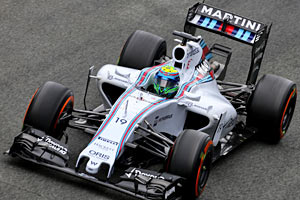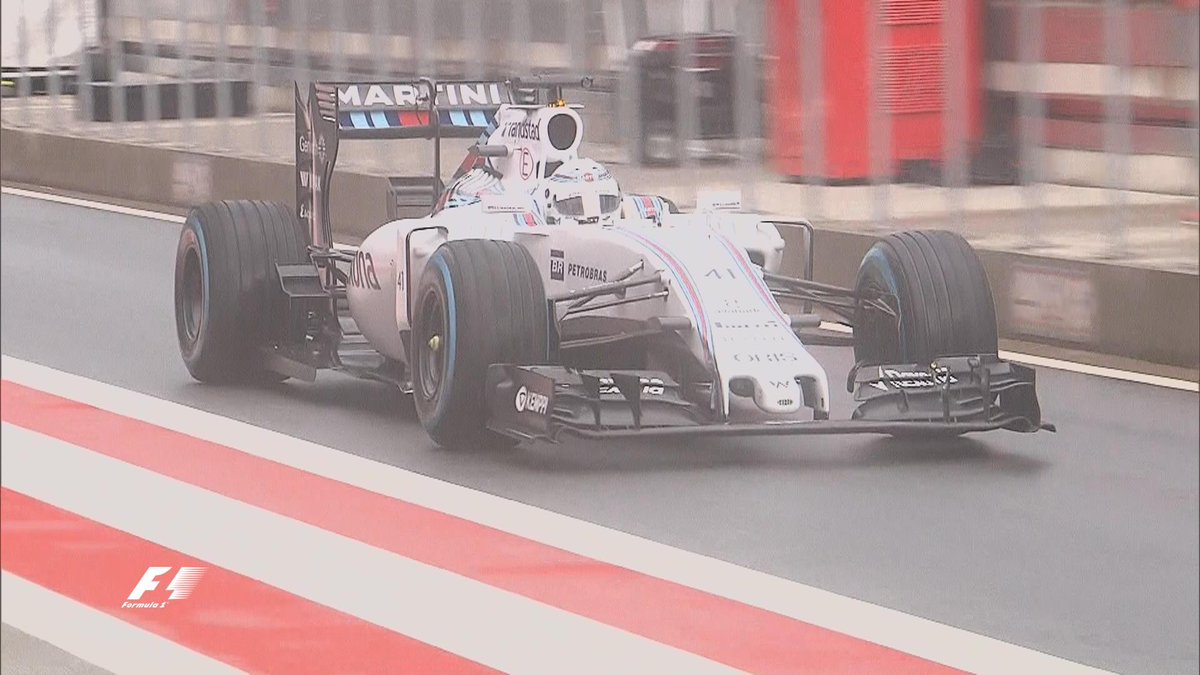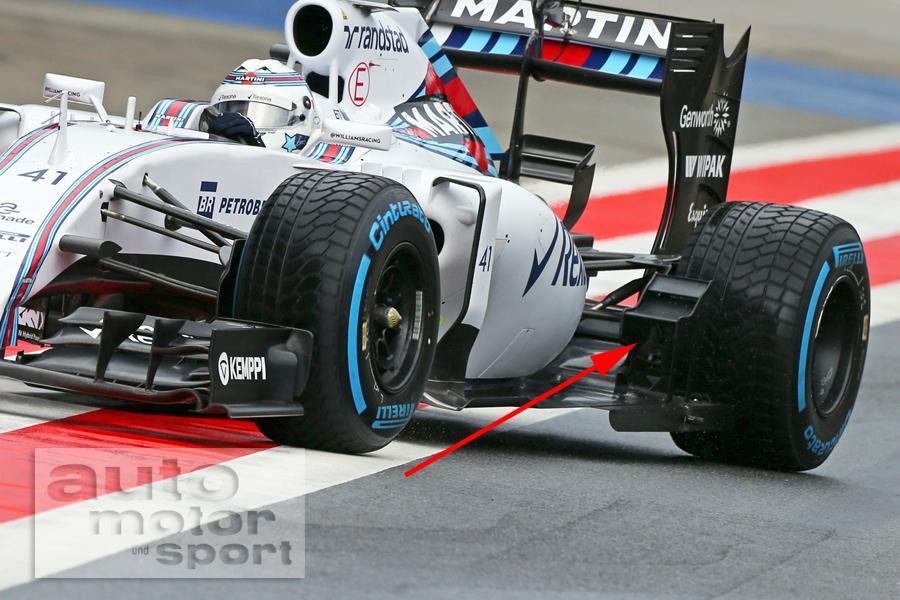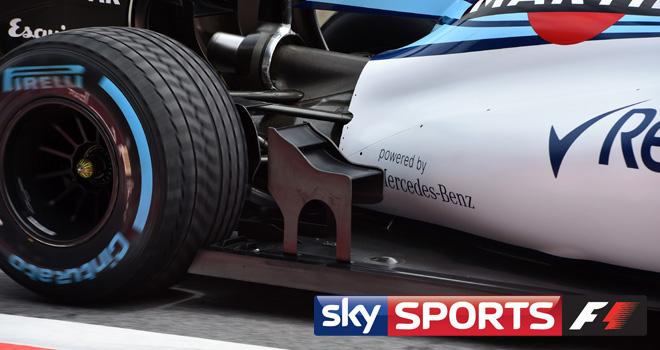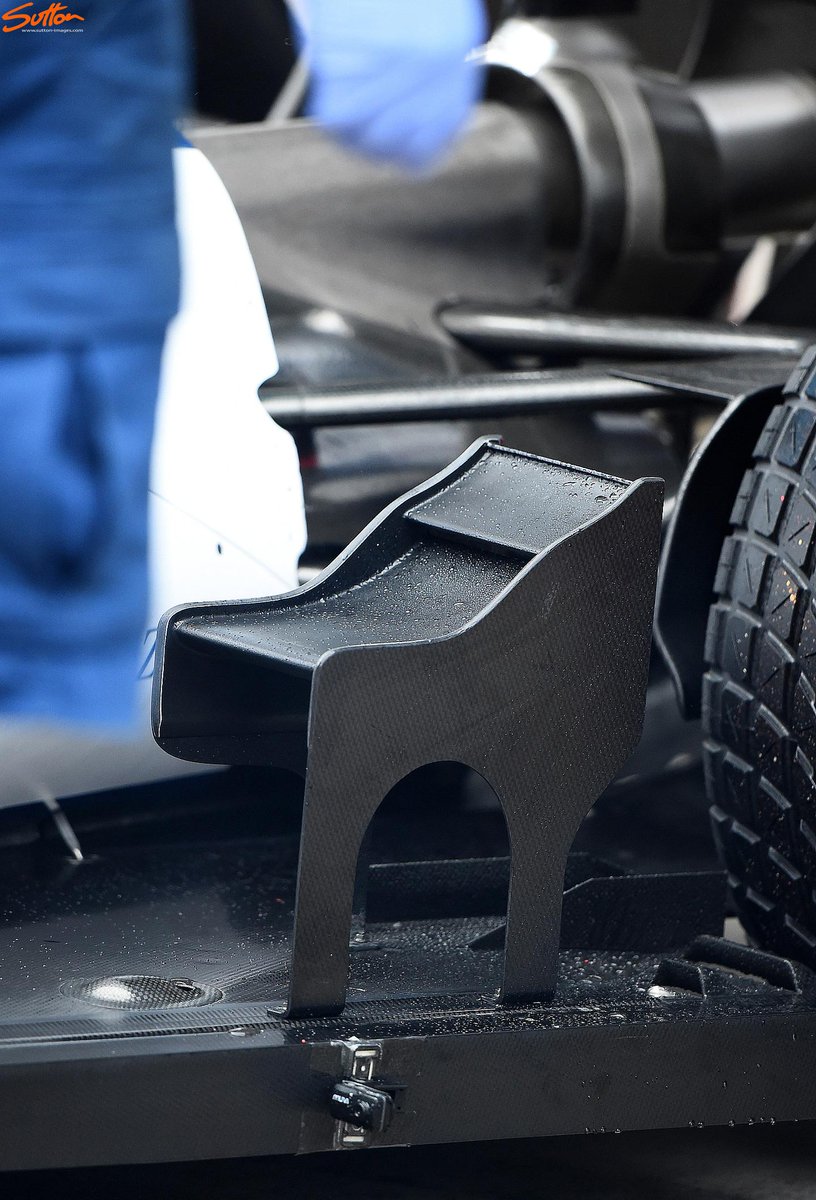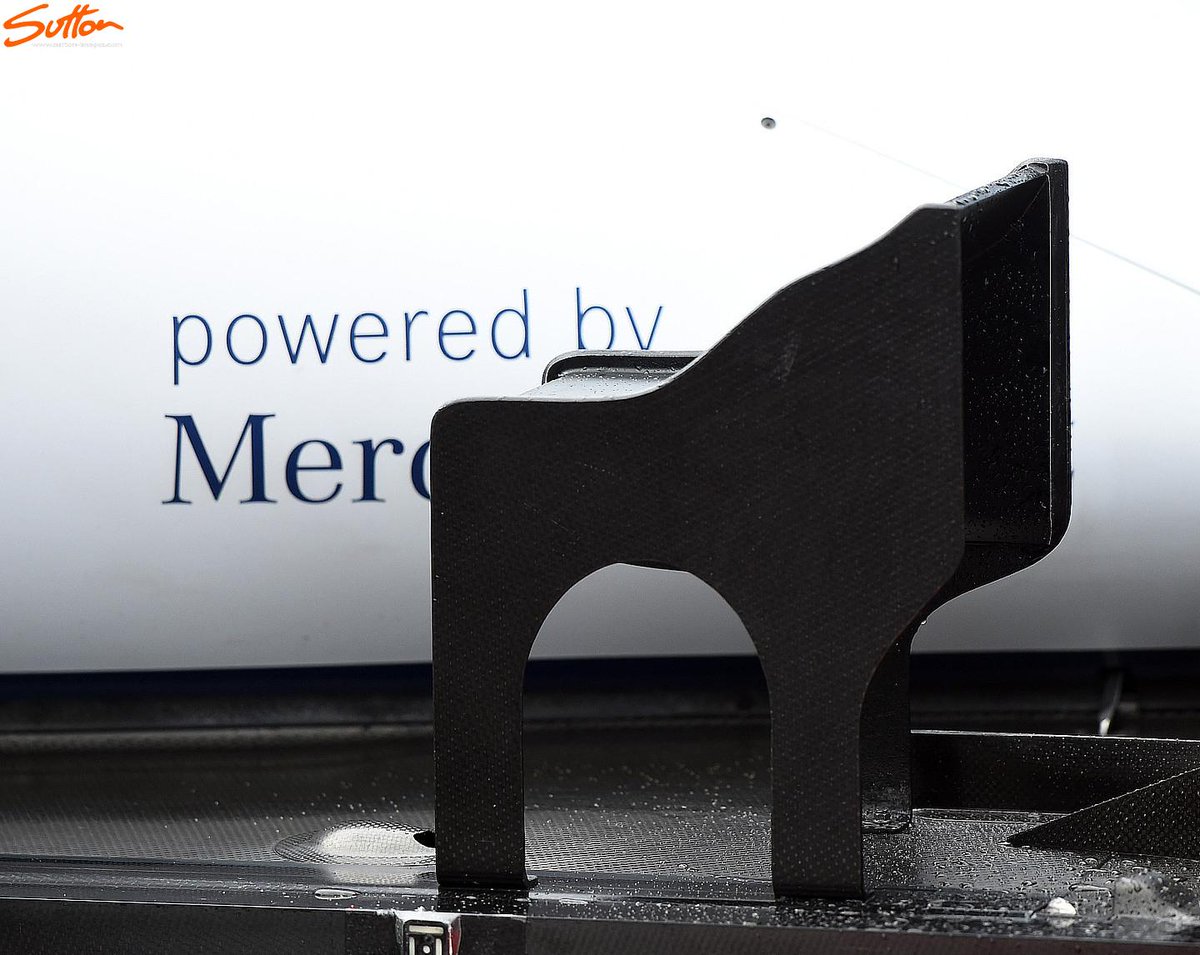Not the first time I am hearing about this notorious weakness in the William's car architecture. Every year they say the found the solution and then come the following year they still have it.LookBackTime wrote:Got these comments about Williams Fw37 Austria updates from an user (MikeF1 - many thanks!) of other F1 site:
"
Don't know how much of the update has been pointed out here but the obvious ones.
Wing (rear)
bargeboards
diffurser edges with rear brake winglet changes and brake cooling adjustments.
Less obvious ones (told from a friend at williams.
The leading edge of the floor on the underside and top of had some minor changes, but the main change is the profile of the underside of the car (nose to drivers bum) focused on feeding more air around the sides of the car. The only visible part of this upgrade is the turning vanes that dangle from the chassis. They have gone through some fairly evident refinements (where the 2nd winglet meets the chassis, a gap has been put in to help push the air outward) also general shaping of this component
"
"
It was quite an interesting conversation. He said that the vehicle may have inherent weaknesses that could not be rectified this season. It is a trend that has carried over in the last 3 years to varying degrees and is the last bad egg in the Williams car gene. It is also proving to be the most difficult as the vehicles strengths sugar coat it. The downforce added on will go a long way to making the tyres more compliant, and that is half the battle. generating usable downforce at all times through the wheels. the other side of the coin is to generate mechanical grip to keep the tyres good and pointing in the right direction when downforce starts to eb away, and the transition from downforce to mechanical grip is poor. The problem is, if they can't find a solution for it this year, then teams will jump us next year like ferrari.
"
- Login or Register
No account yet? Sign up

